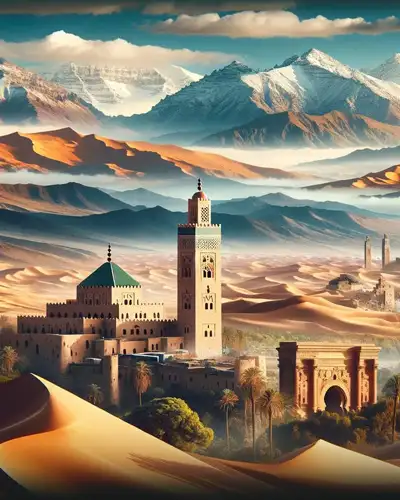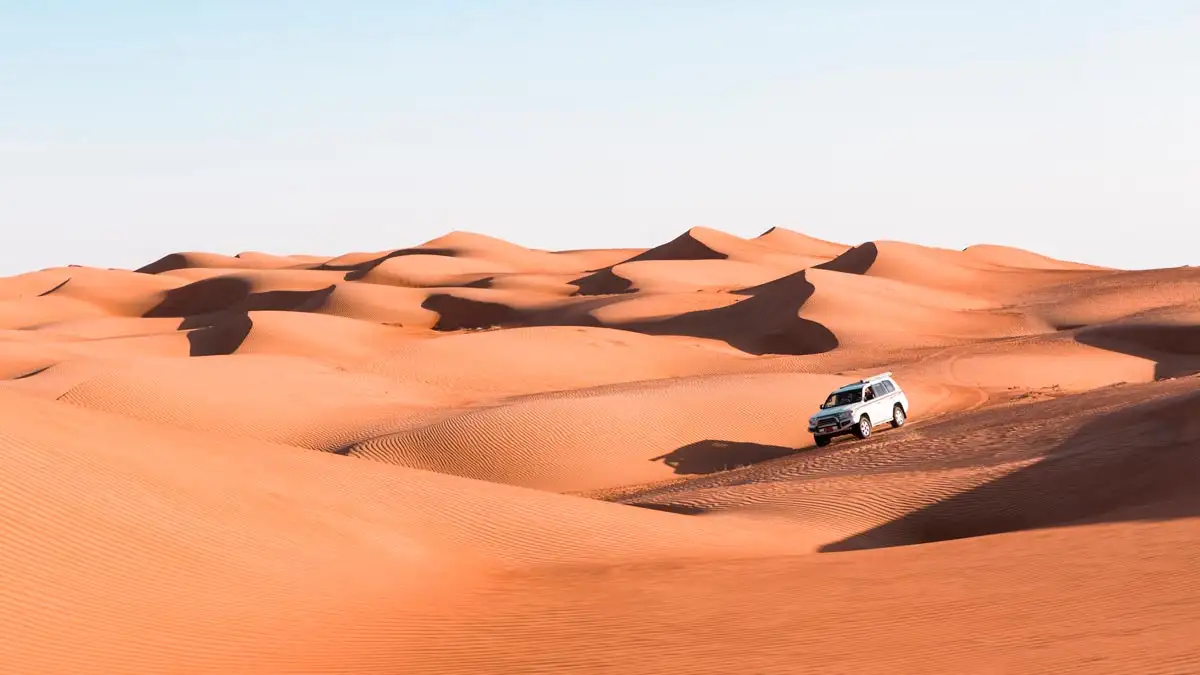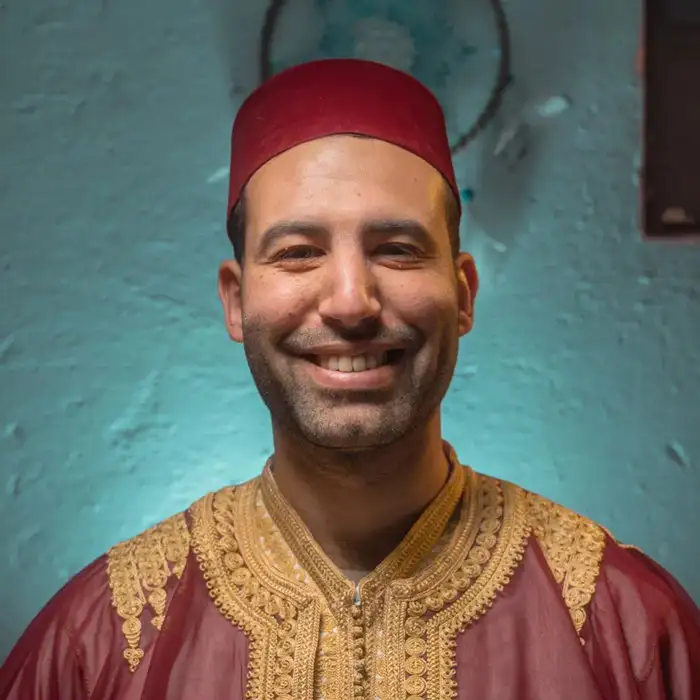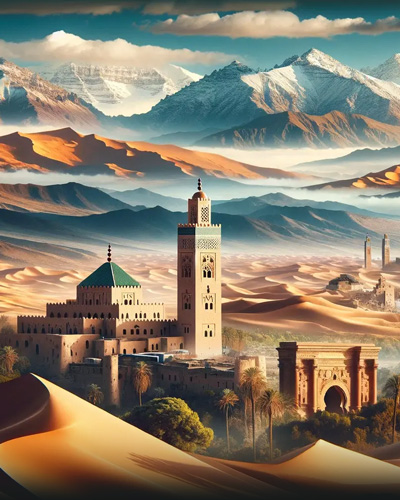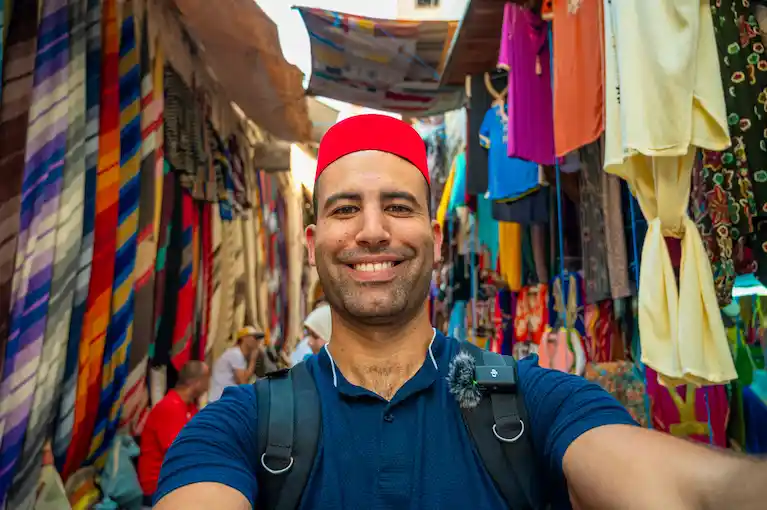Visit The Desert In Winter Is So Cool
The Sahara Desert is one of the most iconic places in the world, known for its endless sand dunes and very unique landscapes. While many people associate the desert with hot and dry weather, visiting the Sahara in winter is a different experience. In this post, we will explore what makes winter a great time to visit, what you can do there, and some essential details about planning your trip.
Where Is the Sahara Desert Located?
The Sahara Desert stretches across several countries in northern Africa, including Morocco, Algeria, Tunisia, Egypt, and parts of Mauritania, Libya, and Niger. Morocco is one of the most accessible gateways to the Sahara, with several routes starting from cities like Marrakech, Fez, and Ouarzazate. The desert in Morocco, particularly the areas near Merzouga and Erg Chebbi, is popular for tourists looking to experience the desert.
Why Visit the Sahara in Winter?
Since the summer in the Sahara is known for extreme temperatures, winter can have much more comfortable weather for exploring this place. Here are some reasons why winter is a great time to visit the Sahara desert:
- Milder Temperatures: During the summer, temperatures in the Sahara can easily exceed 40°C (104°F), which makes it unbearable to explore during the daytime. However, in the winter (from December to February), the temperature drops to more comfortable levels. During daytime, the temperatures range typically between 15°C and 20°C (59°F to 68°F). Nights can be cold, with temperatures often dipping to 0°C (32°F) or lower, which is far more refreshing compared to the summer heat.
- Clearer Skies: The winter months generally bring in clearer skies, though you can enjoy better views of the desert landscape, including the starry nights. Also, there are fewer sandstorms in winter, so it is easier to explore and appreciate the surroundings.
- Fewer Tourists: Winter is considered the off-peak season for the Sahara, meaning fewer tourists are around. This gives you a more peaceful experience, especially if you prefer to avoid the crowds (which most people do). This provides a good opportunity to connect with nature in a way that’s harder to achieve during the busy summer months.
What to Do in the Sahara Desert
There are many ways to enjoy the Sahara Desert, whether looking for adventure or just wanting to relax and take in the views.
- Camel trekking: is one of the very popular activities people do and visit in the Sahara. Riding camels allows you to experience the desert at a slow pace, enjoying the sights and sounds of the desert. The camel trek typically lasts several hours, and you can choose from shorter trips or multi-day treks, including an overnight stay in a Berber camp.
- Stay in a Berber Camp: A Berber camp is a traditional desert camp set up for visitors. These camps give the Berber people, the nomadic tribe of North Africa, an experience of what life is like. It also allows you to experience Moroccan hospitality and enjoy the simplicity of desert life. The camp provides cozy bedding, traditional meals for lunch and dinner, and the opportunity to stargaze at night, as the Sahara has some of the clearest skies in the world.
- Stargazing: One of the main highlights of a Sahara Desert visit is the night sky. The missing of light pollution allows for an incredible view of the stars. In winter, the cool and dry air makes the sky even more clear. Many people spend their nights in the desert lying on their backs, gazing at the stars, or photographing the Milky Way.
- 4×4 Tours: If you are looking for a more exciting way to top up your desert experience, consider a 4×4 tour. These guided tours take you off-road through the dunes, this gives an adrenaline-filled experience as you drive through the sand. You can similtanuousely visit nearby oases and Berber villages, learning more about the local culture along the way.
- Sandboarding: Sandboarding is a popular activity for those looking to add some adventure to their experience. Similar to snowboarding, sandboarding involves riding down the dunes on a board. It is a fun way to enjoy the sand dunes and get a bit of exercise while you are at it.
What to Expect in a Berber Camp
When you stay in a Berber camp, expect to be welcomed with traditional Moroccan hospitality. Most camps are equipped with tents, rugs, and low tables, and they offer a rustic experience of life in the desert.
At night, traditional Moroccan food is served, they often include tagine (a slow-cooked stew), couscous, and bread. Mint tea, a symbol of Moroccan culture, is also served. After dinner, it’s common for people to sit around a campfire, listen to live music, and share stories.
Safety in the Sahara Desert
While the Sahara is generally safe to visit, here are a few things to keep in mind to stay safe:
- Guided Tours: Always go with a licensed guide, especially if you plan to trek deep into the desert. Experienced guides know the terrain and can definitely help you avoid getting lost.
- Proper Gear: In winter, the nights can get very cold, so it’s important to pack warm clothing for the evenings. During the day, the sun can be strong, so don’t forget to bring sunscreen, a hat, and sunglasses.
- Stay Hydrated: Even though temperatures are cooler in winter, the desert is still dry, so drinking plenty of water is essential for hydration.
For more safety tips, you can check our other in-depth article about safety in the desert.
So why You Should Visit the Desert In Winter?
While you can visit the Sahara at any time of the year, winter (from December to February) is considered the best time for many travelers. The milder daytime temperatures and the cold nights create a more enjoyable experience vis-a-vis the scorching heat of the summer months.
If you’re interested in visiting the Sahara Desert during winter, planning your trip in advance is a good idea. Many tour companies offer private, and group tours to the desert, which can include transportation, guides, accommodation, meals, and activities. You can explore options such as tours from Marrakech to the Sahara Desert, often including visits to Merzouga, Erg Chebbi, and the Atlas Mountains.
Visiting the Sahara Desert in winter is a great idea to experience one of the world’s most famous deserts. The comfortable temperatures, clear skies, and fewer tourists are all factors for making it an ideal time to explore the desert, and take part in activities like camel trekking, stargazing, and staying in a traditional Berber camp. If you plan to visit the Sahara desert, booking a private tour is a good way to enjoy the Sahara and culture while being safety and comfort.
To book your Sahara Desert tour, check out our private tours. Whether you are traveling from Marrakech or Fez, we offer private tours that can be customized to your preferences.
You can also learn more about the best time to visit Morocco, the 10 best places to visit in Morocco, and travel costs to Morocco for the best experience.


